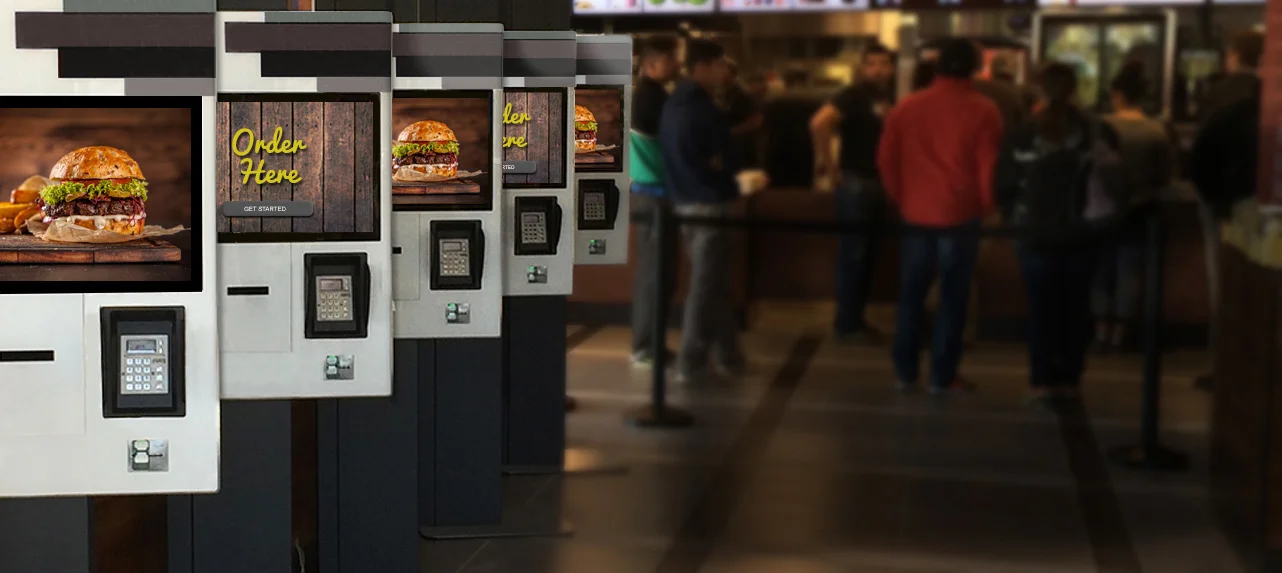Self-service kiosks are becoming ubiquitous in QSR & Fast Casual Restaurants, which isn’t surprising considering the overwhelmingly high demand for them. According to our Self-Service Kiosk Index, 60 percent of customers would visit a restaurant more frequently if it had self-service kiosks.
Tillster CEO Perse Faily says "Restaurants are finally beginning to adopt self-service kiosks, and our research shows it's an important offering in the customer's eyes. And for restaurants, kiosks have proven to be optimized to achieve key objectives, such as increasing check size, line busting or improving speed of service."
Despite all the evidence in favor of kiosks, many restaurant operators struggle with an important question: Is the investment worth it?
We recommend taking a look at the factors below to determine if your restaurant is a good candidate for kiosks. Drawing certain expectations should help you determine your anticipated ROI:
1. Financial Outcomes:
First and foremost, a kiosk program has to pay itself back within a reasonable amount of time. Since kiosk programs can involve significant upfront costs, it’s important to understand how to measure payback. Some criteria to consider: increase in average check (many operators have seen up to a 30% increase in average check) and whether you can drive guests to more profitable items. Other key financial factors relate to labor, such as driving the ratio of sales per labor hour higher, limiting turnover and decreasing labor costs.
2. Operational Efficiencies:
For any restaurant technology deployment to be successful, operations must run smoothly. When implementing a kiosk program, it’s important to gauge what key operational factors are improved, including: speed-of-service, order accuracy, increased throughput, employee productivity, and number of orders fulfilled – especially during peak hours. Weighing these factors can determine if your kiosk program is working well with your operations, and ideally making them better.
3. Customer Experience:
One of the strongest indicators of kiosk success is an improved customer experience, which leads to more satisfied and engaged customers, who are more likely to return. Your kiosk program should free up staff to shift focus from order taking to higher value tasks, such as greeting customers and ensuring their needs are met. Putting customers in control of ordering also typically leads to a better consumer experience. Tillster recommends looking at KPIs such as conversion rates and customer retention, to see if customers are happy with your brand.
Kiosks are popping up all over the major QSR and Fast Casual establishments, but the return has to be worth the investment.
To learn more about restaurant kiosk programs, contact a member of our sales team.
Interested in the criteria to use for selecting a kiosk provider? Check out our previous post.


